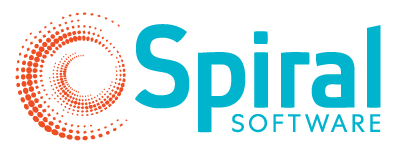The largest ever cardiac arrest trial performed in an ICU setting uses Spinnaker in novel ways!
January 2020 saw the last patient enrolled in the TTM2 Trial. Congratulations TTM2 – the largest ever cardiac arrest trial performed in an ICU setting!
The trial has been using our Spinnaker Platform in a novel way, which is what this post is about!
Back in 2017 we were approached by Principle Investigator, Niklas Nielsen, looking for a way to streamline the collection of data for TTM2 and a similar study, TAME. The 2 studies had very similar data points to collect and there seemed to be an opportunity to save time by collecting data just once and sharing it across both studies. Very quickly it got more complicated than that. Patients could be randomised to TTM2, or TAME, or to participate in both studies. The big question was – could the Spinnaker Platform be adapted to this novel design?
We are very proud of our adaptability so we had a close look at what we could do. As it turned out Spinnaker was readily able to be adapted to working for both studies in an integrated manner. So we adapted Spinnaker to this “times-two” independent/integrated novel design.
There is one login point for both studies which is easy for hospitals to remember. Data entered was mostly shared across the 2 studies with some modifications where a patient is in only one study. Each study team is able to extract the data for patients enrolled in their respective studies and reporting is by single study or patients that are in both studies. The interconnected analysis potential from this database is pretty exciting.
Randomisation of TTM2 patients kicked-off in Nov 2017 with TAME patients joining the party in March 2018. Since then the two studies have been running together until last month when TTM2 completed enrolments and randomisation to that study was turned off within Spinnaker. Meanwhile TAME enrolments continue with no changes or impact on the participating hospitals.
We are proud to be associated with this collaboration and congratulate the teams on their ability to work together to help improve the outcomes of cardiac arrest.

